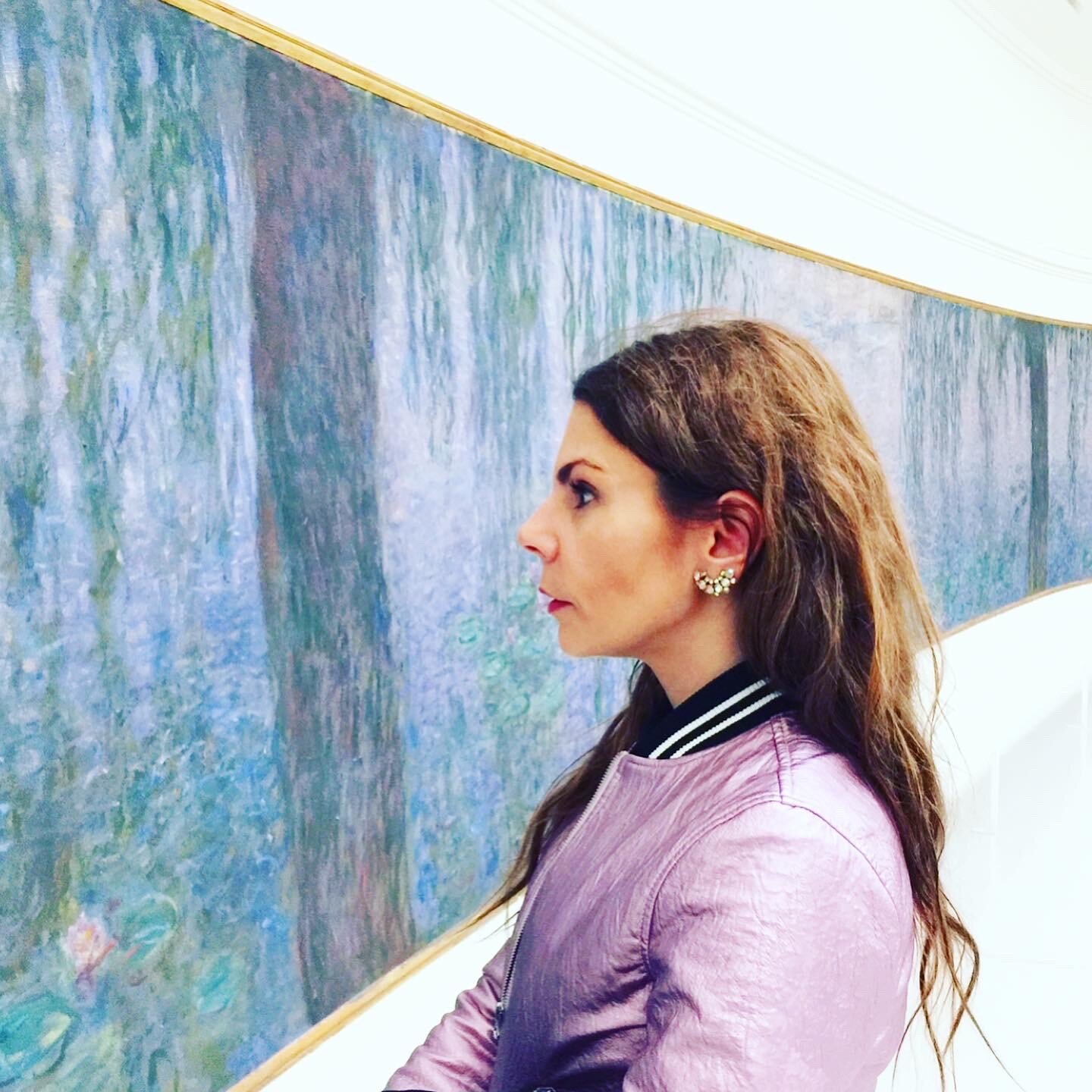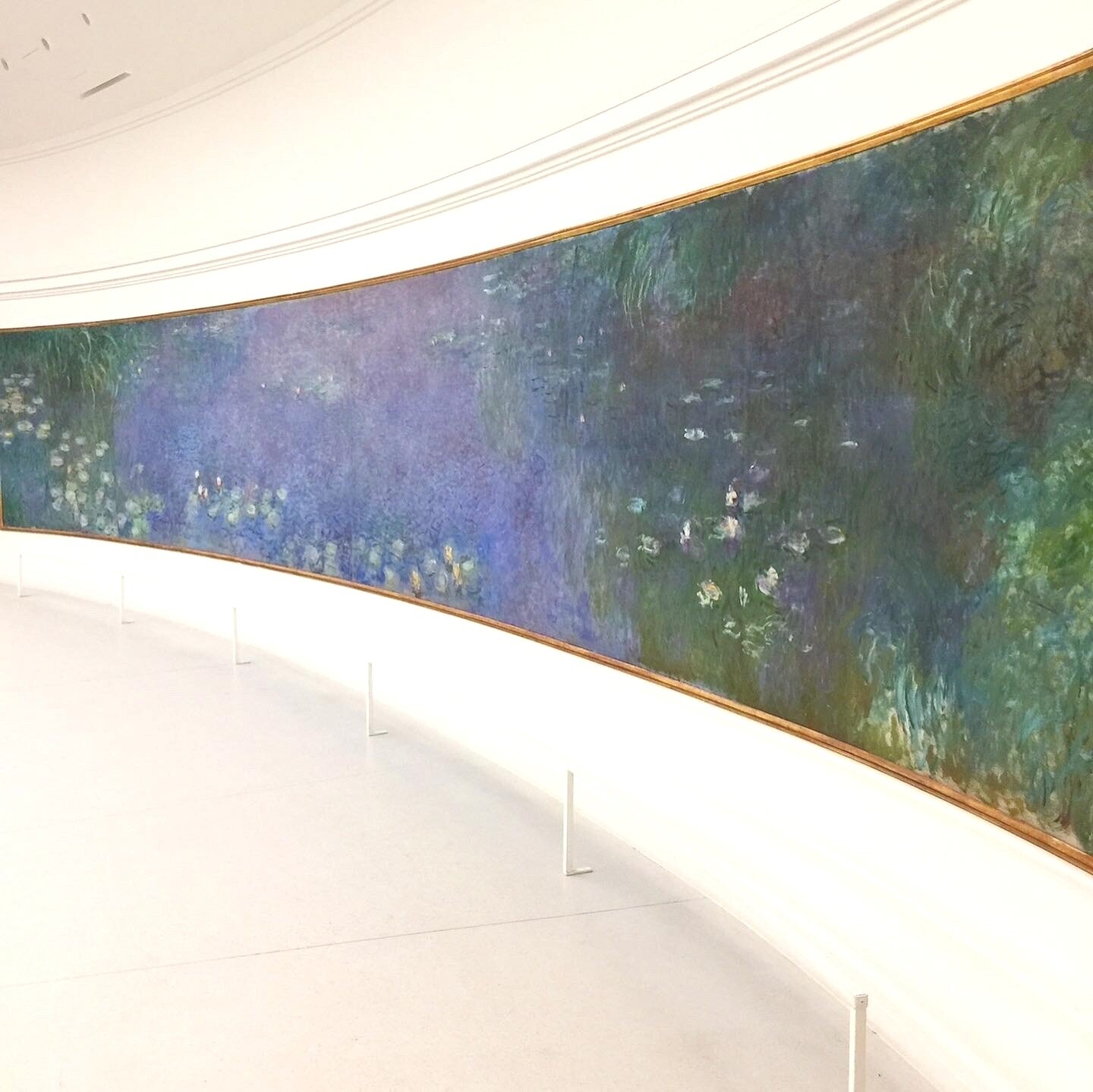Art and Creativity in Pandemic Times
Sando Botticelli, The Birth of Venus, 1485, Tempera on canvas
Greetings from quarantine. For me, today is Day 4, or maybe 5? I’m starting to lose count of the days. I could have never suspected that we would be living anything like this in our lifetime. Much less in the United States. But here we are and there’s very little we can do that is within our control except staying home. In the past few days, besides thinking on the impact that this pandemic will have on the economy and ecosystem of New York City’s (and the world) small businesses (ranging from restaurants to bodegas to galleries) I have chosen to use my creativity and imagination to think constructively. Like children, when we don’t know an answer on why things happen, we start making up our own explanations. Maybe the earth needed a break, maybe we need to slow down, maybe there are cosmic forces pushing us to rethink our entire lifestyles, maybe it is time for a creative renaissance across industries. I refuse to believe that people eating bats, rats, or pangolins hold all the answers to this crisis. There’s got to be more in it.
I have also taken the time to go back in time to art history and revisit what came out creatively after the years of severe pandemics. No, I didn’t go and research every plague that has hit humanity and neither is this a treatise on the subject. But because there are always Dark Ages before a Renaissance, right now is the time to think about the beauty of creation and humanity in all aspects and see what hints from the past can be taken and applied today from how companies are run to what artists create.
And so, the first serious plague that is worth exploring is the Black Death during the 14th century. All of Europe and parts of Asia saw terrible devastation and even today it is impossible to have a precise number of how many died as the lowest estimates range around 75 million and the highest go all the way up to 200 million. This massive plague peaked around 1347 and truth be told (not to be alarmist) different strains continued hurting people with a milder effect all the way up until the early 1900s. The worst effects were felt in Italy (poor Italians, they don’t seem to get a break when these pesky viruses become, well, viral), until 1353 more or less.
That was an already dark period in Europe as the Gothic and Medieval traditions in all aspects of art and culture were heavy and centered around God and Christianity supporting the idea that it was all God’s will, that God punished or rewarded sort of randomly, and men and women had very little to do with God’s decisions. Much of art was about suffering: martyr saints, sad Madonnas and babies, painful crucifixions, gilded angels encased in cavernous castles, obscure abbeys and grim monasteries. And then the Black Death came and decimated the population and Italy felt it the most to the extent that the surviving merchants and ordinary workers took over society and built a new elite. The monarchy in Italy had weakened so much that it eventually disappeared.
The surviving Florentines (Florence, before the plague, was the wealthiest and most productive region of Italy), developed this sense of optimism and felt that life was so short, it might as well be well lived. It was Florence who first witnessed the origins of the Renaissance. And Italians did what they do best: some got deep into their creativity and some decided to patronize the arts, read more books, bring back the legacy of Ancient and Classical Greece and spread knowledge in every way they could.
Justus Suttermans, Portrait of Cossimo II de Medici, Maria Magdalene of Austria and their son Ferdinando, 1640, oil on canvas.
But there’s no way to talk about the Italian Renaissance without talking about the Medicis. This was a family of very humble origins that arrived in Florence during the 13th century and became extremely prosperous after the Black Death. They were originally wool merchants and used their profits to diversify their businesses. Since the plague had killed so many people, the Medicis rose to power because they had so much money and were business-savvy. They became the new elite. And they were a bit insecure, because, as every nouveau-riche knows even today, suddenly penetrating those spheres of fame, fortune, aristocracy and nobility, can be nerve-wracking for the uninitiated. And you know what these self-made people did? They patronized artists because they saw the arts as their way in. This generous but self-serving patronage allowed the Medicis to look as cultured as the old aristocracy (or so they thought) and thus, they used their good deeds in their favor to impress everyone else. Thanks to this patronage, we got artists like the sublime Sandro Botticelli, painting Venuses and Primaveras which still move and inspire so many of us (at least those of us who retain a soul) and the masterful architect Filippo Bruneleschi, who designed the worldwide-celebrated dome of the Florence Cathedral, an engineering and artistic accomplishment not seen in Europe since Ancient Greece. Donatello, Fra Angelico, Michelangelo and Leonardo Da Vinci were also Medici’s proteges and at one point or another in their careers, received their financing.
Another horrific pandemic in history was the Spanish Flu. This insidious virus traveled all over the world between 1918 and 1920 and triggered a low estimate of 17 million deaths and a high 100 million. World War I was also happening at the same time (the armistice was signed in November of 1918) so the world was a very dark place then. What happened in the arts during the flu and after was quite remarkable: artists and creatives were so demoralized with their surrounding circumstances, they reacted in all sorts of different and innovative ways which solidified a variety of movements and styles in a way that hadn’t been seen since the Renaissance. In 1918, amidst death and destruction, Claude Monet completed his Water Lilies’ panels, a set of eight paintings that he gifted to the Musee de L’Orangerie which represents one of the most monumental creations in the history of painting, covering a surface area of 2150 sq. ft. and about 330 ft. in length, a masterpiece that has no equivalent in the world.
The birth of the Bauhaus in Germany in 1919 with Walter Gropius at its helm, came to combine beauty and utilitarianism in design and architecture and gave us artists like Josef Albers and Paul Klee. The 1920s brought the rise of the Surrealists: Andre Breton, Max Ernst, Man Ray, Giorgio de Chirico, Salvador Dali, Rene Magritte and many others flourished during this time. These artists were creating parallel worlds, dream scenes, impossible scenarios that could become possible solely because of art. The rise of realism and figuration in the United States came right after as well: Grant Wood, Edward Hopper and Georgia O’Keefe belong to that era. Art Deco also came along with its patchwork of Cubism, Fauvism, geometry and all sorts of rare materials from ebony to ivory and influencing art, architecture, fashion and design.
In 1918, Gabrielle Chanel purchased the now iconic building at 31 rue Cambon in Paris, and in 1921, she opened her boutique in that address, featuring clothing, hats and accessories.
Jazz became extremely popular during this period bringing much needed relief to a racially divided America and musicians like Louis Armstrong showed the world how things were done. F. Scott Fitzgerald captured the greed, glory and the debacle of the post-war American society in his four famous novels: This Side of Paradise, The Beautiful and Damned, The Great Gatsby, and Tender Is the Night.
Pandemics, it seems, bring the best of creativity in human beings. How can we all use this time to do better? Come up with innovative solutions, new offerings, upgraded services? Apply old ideas to new challenges? Collaborate with a different spirit? I’ve been revisiting my own online course on creativity, to jumpstart my own mind. I feel hopeful, present and engaged. I want to use this time to create something different, and I want to see everyone doing the same. I know right now, we are in the thick of it, it’s hard to see the silver lining, we are living it day-by-day. The impact of the world coming to a halt will be felt for a long time but putting it bluntly we have two options: despair and never come out or create, feel the rebirth and rebound.




